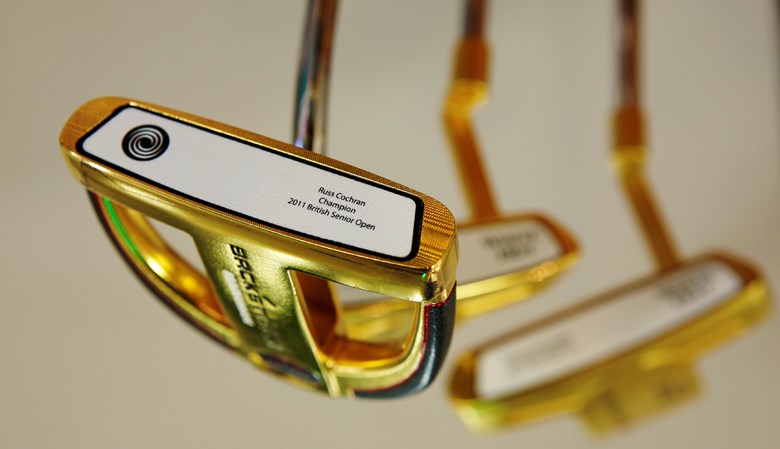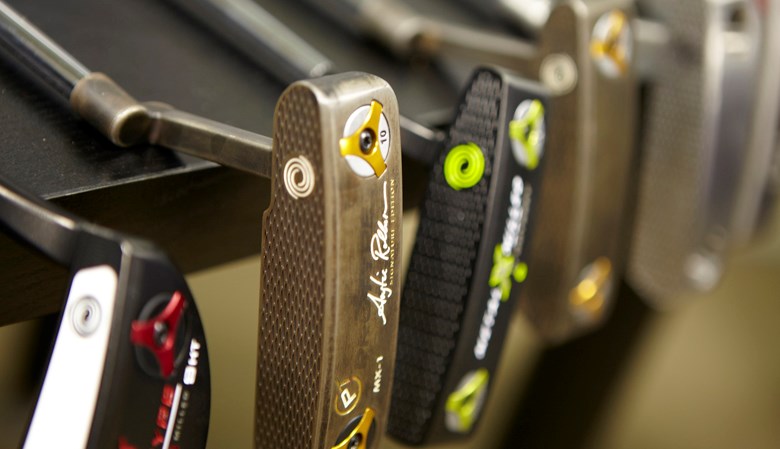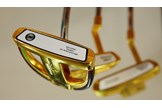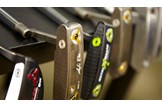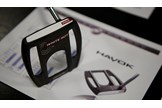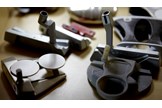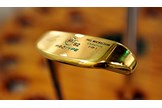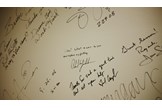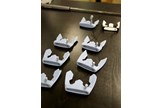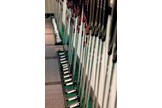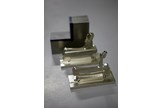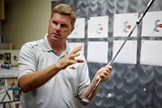Inside Odyssey: Part 2
Last updated:
When an idea is bubbling, what happens is the designer will make a three-dimensional CAD (Computer Aided Design) file, which can then be printed out in 3-D and painted. From there a prototype can be made. The idea might immediately reveal itself to be genius or, more often than not, it might show some promise, but also some flaws at the same time. Then it’s back to the drawing board, or rather to a distant corner of Callaway HQ where the designers and draughtsmen sit. It is here that dreams are realised and boundaries are pushed.
“You set up experiments and you watch what happens. If something works, great. If not, then we try something else. There is a lot of trial and error. It is always the same when so much science and engineering is involved,’’ said Rollinson.
How much science and engineering?
Years ago San Diego was the epicentre of the US aerospace industry, but then a recession hit and out-of-work aerospace engineers were forced to look for work elsewhere.
“They all thought ‘Golf? Piece of cake’,” he said. “But they were surprised. In golf, much more so than when you are building rockets or satellites, you design products that are right to the limits of the materials you are using, whether it is a graphite shaft or a titanium face. In order to get the ultimate performance you have got to take those materials right to the limit, then you back off just a little just to make sure the finished product stays together.”
It is funny that Rollinson mentions the aerospace industry because looking at some Odyssey putters, particularly the Sabretooth and D.A.R.T series, there is more than a hint of sci-fi in the shape of the clubhead. It comes as no surprise to learn that at least one of the designers who worked on the project is a bit of a Star Trek buff.
Mind you, when it comes to designing putters Mr Spock and his friends make only a minor contribution when measured against that of actual tour players, according to Rollinson. “We are always in touch with our guys who do custom stuff for the pros, and we see if we can incorporate things into our work here,’’ he said. “I will also work on custom designs for players. Our No.9 putter, the one that Phil Mickelson uses, was basically him coming to us when we signed him, and telling us exactly what kind of putter he wanted.
“We put something together, he started practising with it, and thought it worked really well, and then he started playing with it. Then he won on the PGA Tour in Atlanta and then he won the Masters the week after that, using the White Hot XG9. It has been a great seller for us ever since.”
What Phil (and all the other big-name Callaway players) want, they get. But it takes a lot of work, and a lot of equipment. On the ground floor of Callaway headquarters there is the machine shop, where all kinds of parts are made to order; where the prototypes are turned into functional clubs. A man could spend a long day in here with his protective eye-gear on, grinding and shaping steel billets, making the grand schemes of the design boffins upstairs come to life. And when a new putter is built it is time to take it for a road test – or rather take it on a short drive down the hill from Callaway HQ to the club testing centre.
Here, there is a vast driving range – as smooth and lush and inviting as Augusta National’s – and a workshop (Callaway’s chief wedge designer, the legendary Roger Cleveland, was fiddling with his own clubs when Golf Illustrated popped its head round the door). There is also a putting room, fitted with a state-of-the-art SAM (Science and Motion) system which uses ultra-sound to measure if a putter – and just as importantly the person using the putter – is functioning properly.
Not so long ago the industry standard was a camera-based measuring system which used up to 11 cameras to look at the stroke from different angles. It worked perfectly well, but it was nowhere near as elegant as this system, which gives instant feedback on every facet of the putting stroke. All in 3D. That means it is possible to get instant feedback on – to pull out a few random measurements – the launch angle of the ball, the rotation of the clubface through the stroke, the amount of backspin imparted by the stroke, and so on and so on. Rollinson brings prototype putters in here and takes them for a test drive – with a putting robot making the stroke, of course.
This is the place where the pros come to work on their stroke, or find a putter that might best fit the stroke they have. This is the big leagues, as our American cousins like to say – it is no longer a case of sorting through a bagful of putters until you find one that feels nice in your hands. Putting is always partly feel, of course, but these days it is science, too. “At Odyssey, we are going to keep pushing the boundaries, working on new shapes that inspire confidence and also keep developing our insert technology,’’ said Rollinson. “Our marketing people say to us ‘Give us the next 2-Ball’. That’s a challenge – how do you follow such an iconic putter? – but it is a challenge we embrace.”
However, there are some challenges that are best not embraced, as became clear when the man from Golf Illustrated stepped up to have his stroke ultrasonically examined. Three putts, two misses and one big piece of bad news: the clubface is 2.6 degrees open at the moment of impact. What does that mean?
“Basically, if you hole anything from over three feet it means you have misread the green,” said Rollinson. Quick, call in the team from research and development. It’s time to invent a new club: The Odyssey Miracle Worker.
